2. Allach Fakes # 374
Allach porcelain has always been a good hobby but
with very little in the way of reference material. The one most
recognized publication has been the Passmore /Oliver book which listed
something like five different marks. One of those marks shown is found
on only one piece. If you add in a couple deviations and the early
baroque style you probably have about eight in all. They are as follows:
- Baroque with green runes
- Octagon with green runes and the word Ullach
- Octagon with green runes and without the word Ullach
- Octagon with impressed runes and the word Ullach
- Octagon with impressed runes without the word Ullach
- Impressed runes without the octagon
- Impressed runes without octagon and the word Ullach
- A piece which bears variant black runes and attributed to a plate
Allach in the last ten years has gathered a lot of attention, men buy it to display, or for their wives; the internet has paved the way for these pieces to come to the forefront as a valued and exceptionally rare part of the history of the Third Reich. The market at this time has been growing steadily.
I hear all the stories about the fakes of the 50's, 60's and 70's, I was not in the hobby at these times, but Allach was probably saved from early fakers as it was relatively unknown, of extremely high quality and not as predominant in the market place as it is now. The Allach book is not perfect, but it is still good after all these years in identifying legitimate piece's. However it is not an all knowing publication and therefore should not be the only word in regards to Allach.
Allach Fakes
Allach porcelain has always been a good hobby but
with very little in the way of reference material. The one most
recognized publication has been the Passmore /Oliver book which listed
something like five different marks. One of those marks shown is found
on only one piece. If you add in a couple deviations and the early
baroque style you probably have about eight in all. They are as follows:
- Baroque with green runes
- Octagon with green runes and the word Ullach
- Octagon with green runes and without the word Ullach
- Octagon with impressed runes and the word Ullach
- Octagon with impressed runes without the word Ullach
- Impressed runes without the octagon
- Impressed runes without octagon and the word Ullach
- A piece which bears variant black runes and attributed to a plate
Allach in the last ten years has gathered a lot of attention, men buy it to display, or for their wives; the internet has paved the way for these pieces to come to the forefront as a valued and exceptionally rare part of the history of the Third Reich. The market at this time has been growing steadily.
I hear all the stories about the fakes of the 50's, 60's and 70's, I was not in the hobby at these times, but Allach was probably saved from early fakers as it was relatively unknown, of extremely high quality and not as predominant in the market place as it is now. The Allach book is not perfect, but it is still good after all these years in identifying legitimate piece's. However it is not an all knowing publication and therefore should not be the only word in regards to Allach.
Allach Fakes


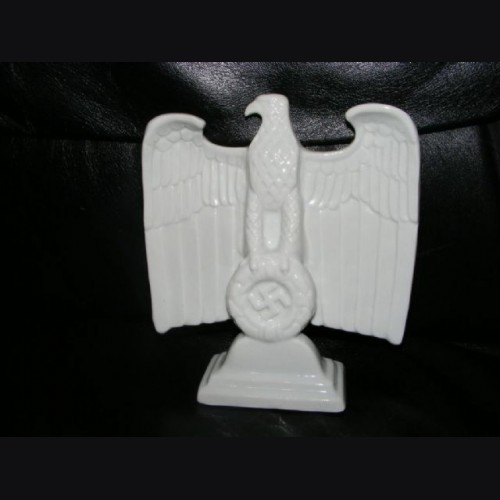
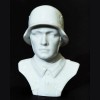
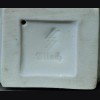
-100x100.jpg)
-100x100.jpg)
-100x100.jpg)
-100x100.jpg)
-100x100.jpg)
-100x100.jpg)
-100x100.jpg)
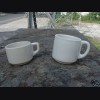
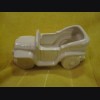
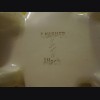
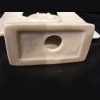
-100x100.jpg)
-100x100.jpg)
-100x100.jpg)
-100x100.jpg)
-100x100.jpg)
-100x100.jpg)
-100x100.jpg)
-100x100.jpg)
-100x100.jpg)
-100x100.jpg)
-100x100.jpg)
-100x100.jpg)